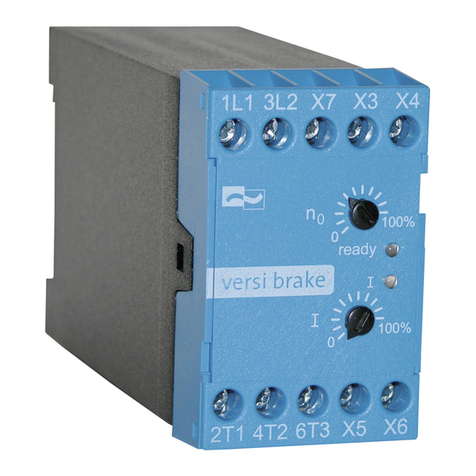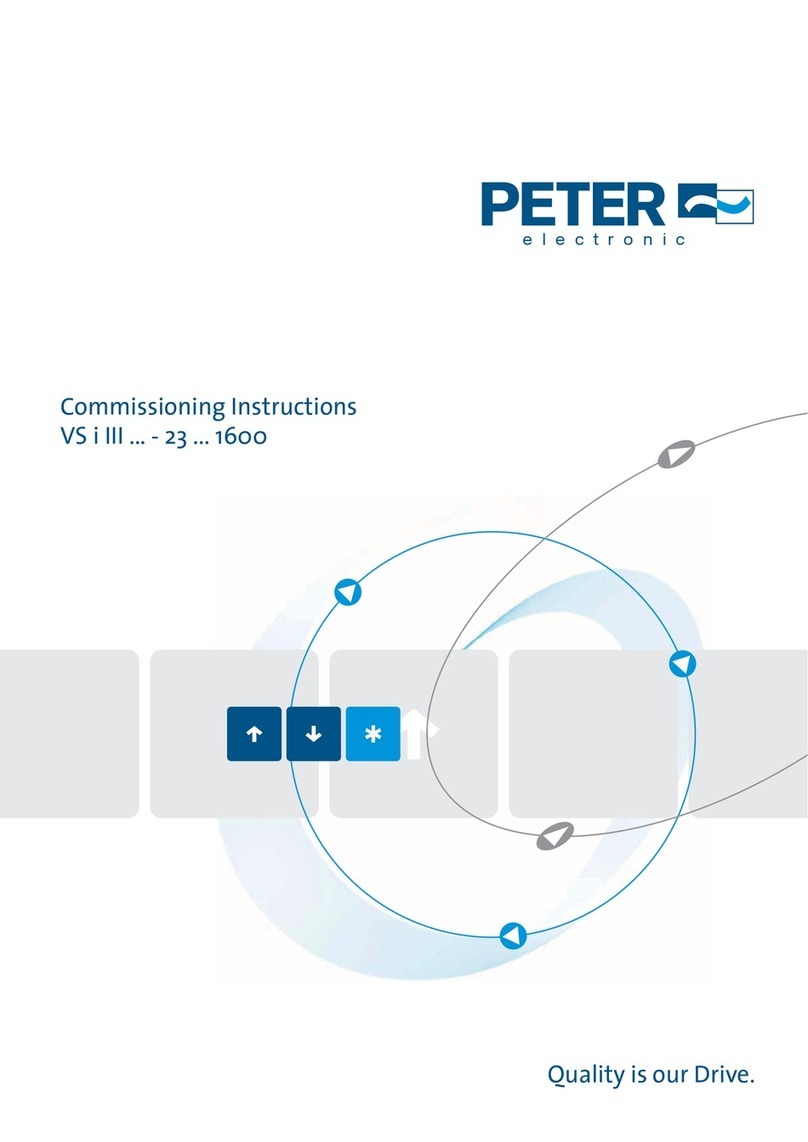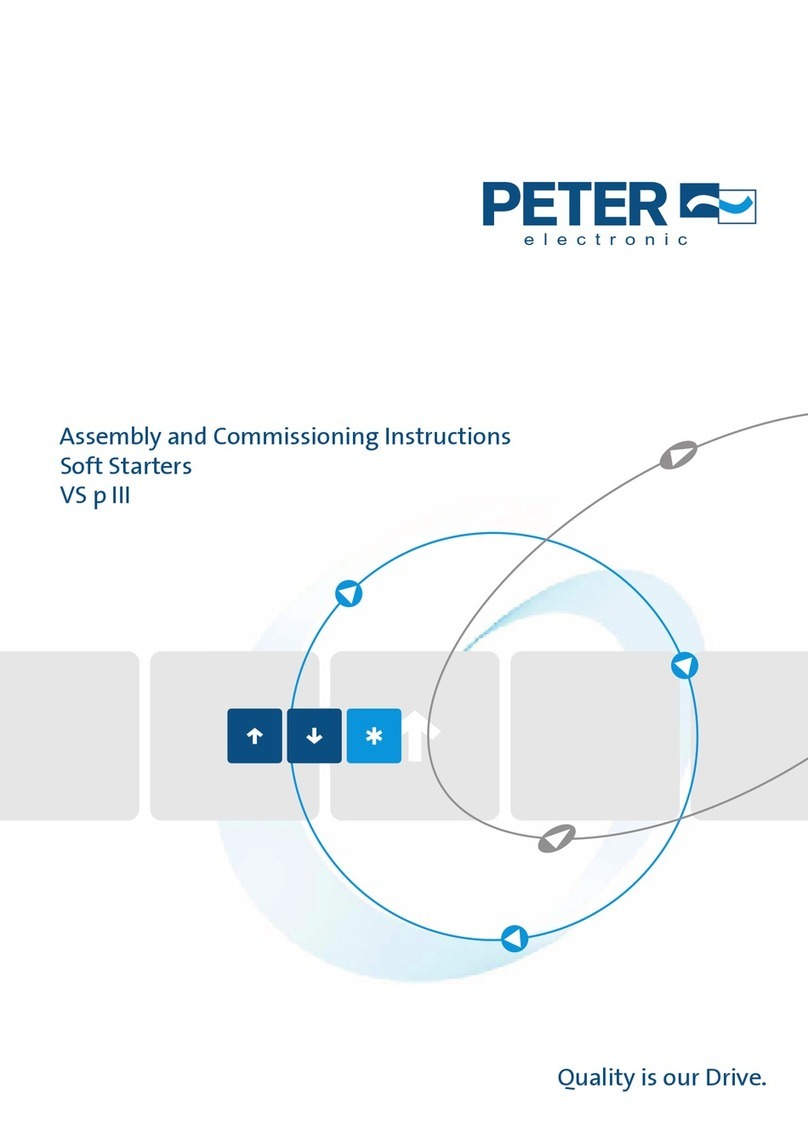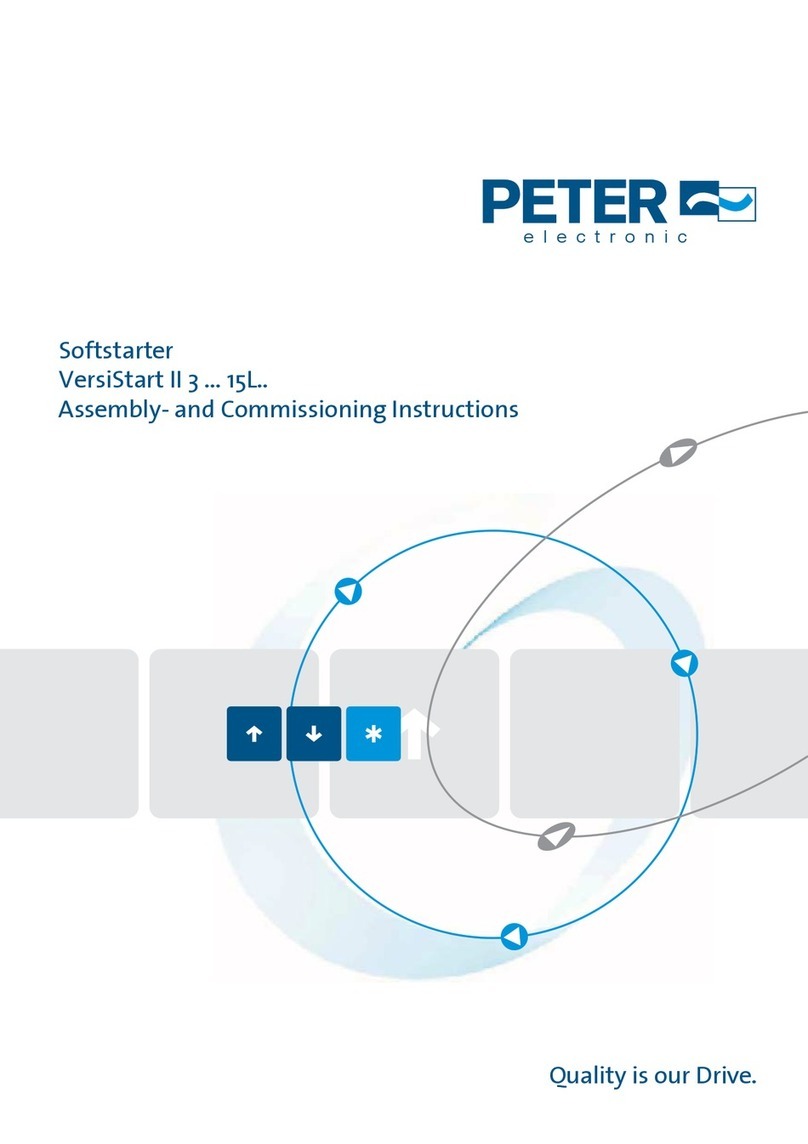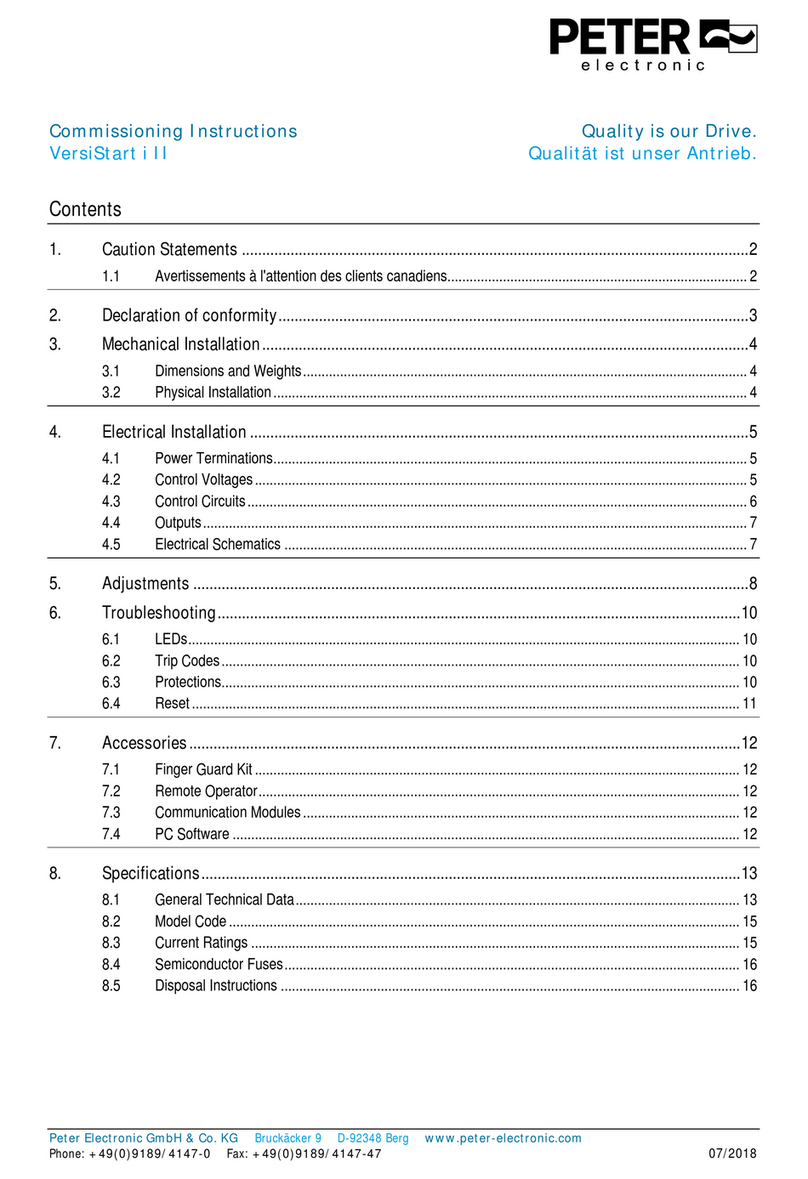
6.4 Run simulation ........................................................................................................33
6.5 Load/Save Settings.................................................................................................34
6.6 USB Save & Load...................................................................................................35
6.7 Auto-Start/Stop........................................................................................................36
6.8 Network Address.....................................................................................................36
6.9 Digital I/O State.......................................................................................................37
6.10 Analog I/O State......................................................................................................38
6.11 Serial Number & Rating ..........................................................................................38
6.12 Software Versions...................................................................................................38
6.13 Thermistor Reset.....................................................................................................38
6.14 Reset Thermal Model..............................................................................................38
7Logs .......................................................................................................................39
7.1 Event Log................................................................................................................39
7.2 Counters .................................................................................................................39
7.3 QR Code.................................................................................................................39
8Keypad and Feedback ..........................................................................................40
8.1 The Keypad.............................................................................................................40
8.2 Remote Keypad ......................................................................................................41
8.3 Lighten/Darken the Display.....................................................................................41
8.4 Starter status LEDs.................................................................................................41
8.5 Displays ..................................................................................................................42
9Operation...............................................................................................................44
9.1 Start, Stop and Reset Commands...........................................................................44
9.2 Command Override.................................................................................................44
9.3 Auto-Start/Stop........................................................................................................44
9.4 PowerThrough ........................................................................................................45
9.5 Emergency Mode....................................................................................................46
9.6 Auxiliary Trip ...........................................................................................................46
9.7 Typical Control Methods .........................................................................................47
9.8 Soft Start Methods ..................................................................................................49
9.9 Stop Methods..........................................................................................................51
9.10 Pump Clean ............................................................................................................55
9.11 Reverse Direction Operation...................................................................................56
9.12 Jog Operation .........................................................................................................57
9.13 Inside Delta Operation ............................................................................................58
9.14 Secondary Motor Set ..............................................................................................58
10 Programmable Parameters ..................................................................................59
10.1 Main Menu ..............................................................................................................59
10.2 Altering Parameter Values ......................................................................................59
10.3 Adjustment Lock......................................................................................................59
10.4 Parameter List.........................................................................................................60
10.5 1 Motor Details........................................................................................................67
